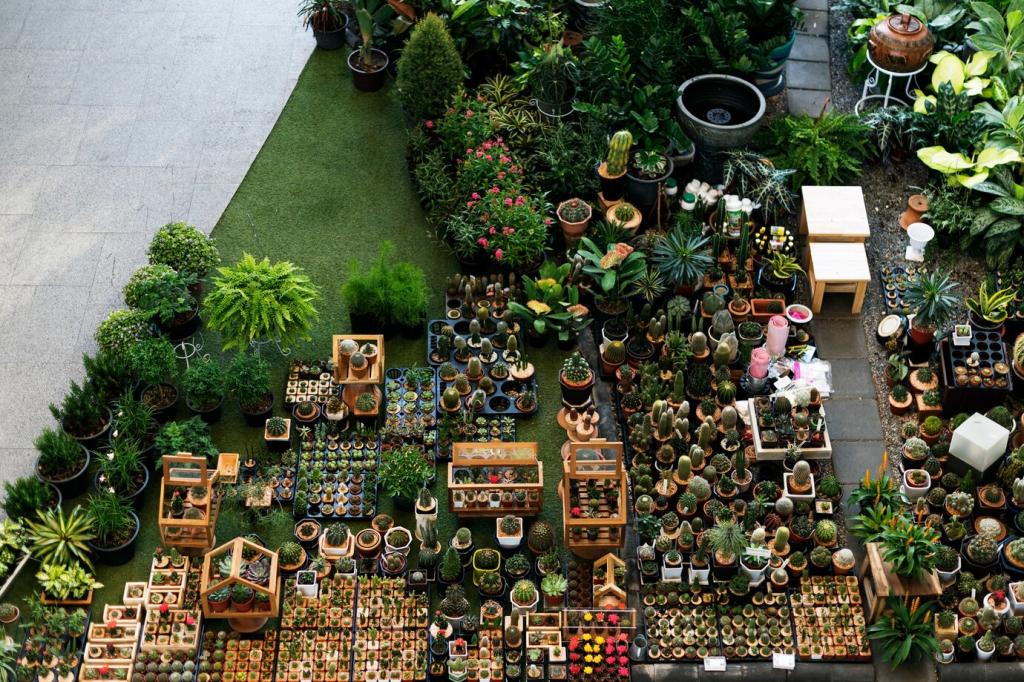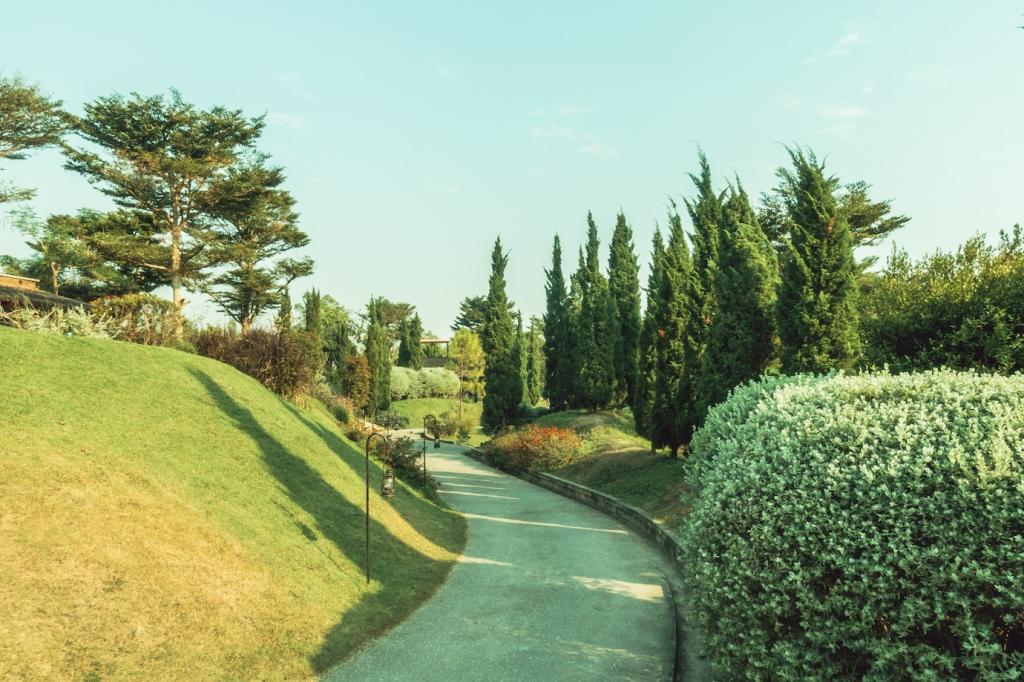Choosing the Right System: Drip, Soaker, or Micro-Spray?
Inline emitters release slow, measured droplets that seep into the root zone, minimizing evaporation and runoff. They excel in vegetable beds and shrubs, and they pair beautifully with mulch for steady moisture and fewer watering surprises.
Choosing the Right System: Drip, Soaker, or Micro-Spray?
Porous hoses weave through perennials and hedges, soaking soil evenly with minimal setup. They are budget-friendly, easy to reposition with seasonal changes, and well-suited to gardeners who value simplicity and dependable, gentle hydration.





